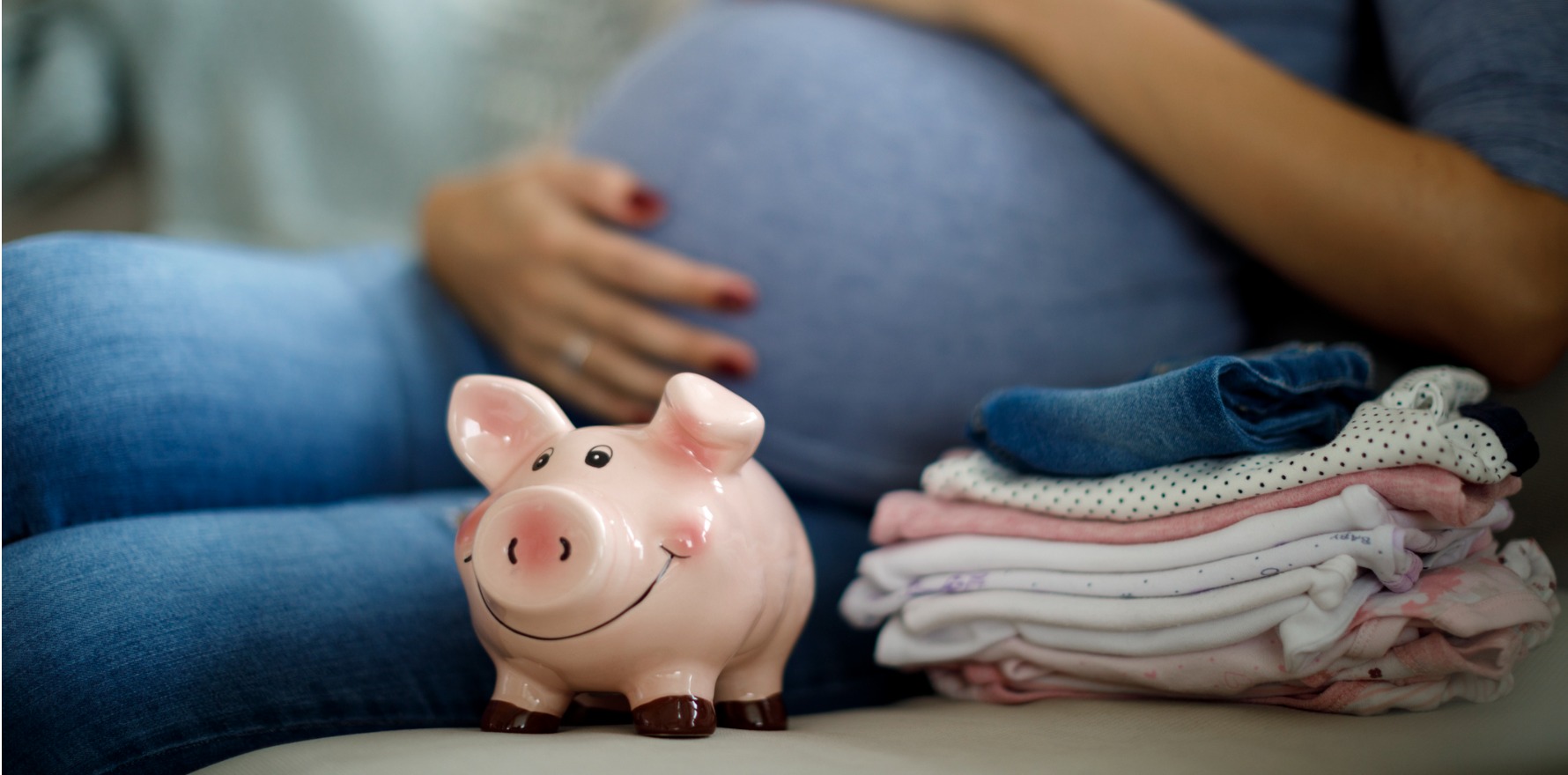The cost of having a baby rose by $10,000 from 2012-2018, new data reveals.
The cost of a single birth in Queensland rose from $20,471 in 2012 to $30,000 in 2018, according to new data.
The authors of the observational study into the costs of births in Queensland between 1 July 2012 and 30 July 2018 have attributed the rise in costs to more expensive maternity care, as well as an increase in the number of adverse birth outcomes.
The percentage of births with adverse outcomes rose from 27.1% in the second half of 2012 to 30.5% in the first half of 2018.
The percentage of births for which maternal haemorrhage or birth trauma were recorded increased during 2012-2018, and the proportion of spontaneous vaginal births beyond 37 weeks declined from 44% to 36%.
“Continuing cost increases of the magnitude we report are unsustainable,” the researchers wrote.
The increase in adverse birth outcomes could be attributed to the increasing proportion of older mothers to-be, as well as women with diabetes and weight related conditions, the authors wrote.
More women gave birth by caesarean section, and the proportion of iatrogenic births increased from 40% to 49.6%, while the proportion of spontaneous vaginal births declined from 44% to 36.1%.
The authors said the finding was consistent with the projection that 45% of all births across Australia and New Zealand will be by caesarean section.
They said the findings highlight the importance of value-based care to ensure that maternal care remained accessible and equitable.
“Value-based care … takes the experience of both the patient and the care provider into account, as well as the quality of care and its outcomes, efficiency, and sustainability,” Professor Emily Callander and her co-authors wrote.
They also found that cost-effective options, such as the caseload midwifery care and broader population health efforts to promote a healthy diet and sufficient exercise could mitigate both adverse birth outcomes and growing maternity costs.
“As spending on health care changes, value-based care is even more critical for maintaining quality and equity,” the researchers wrote.
“All women are entitled to high value maternity care, and optimal outcomes and value must be achieved in the face of increasing clinical complexity.
“Coordinated efforts by clinicians, health services, and public health officials will be needed to improve value care, as is a national approach to reducing documented variations in costs between Australian hospitals.”

